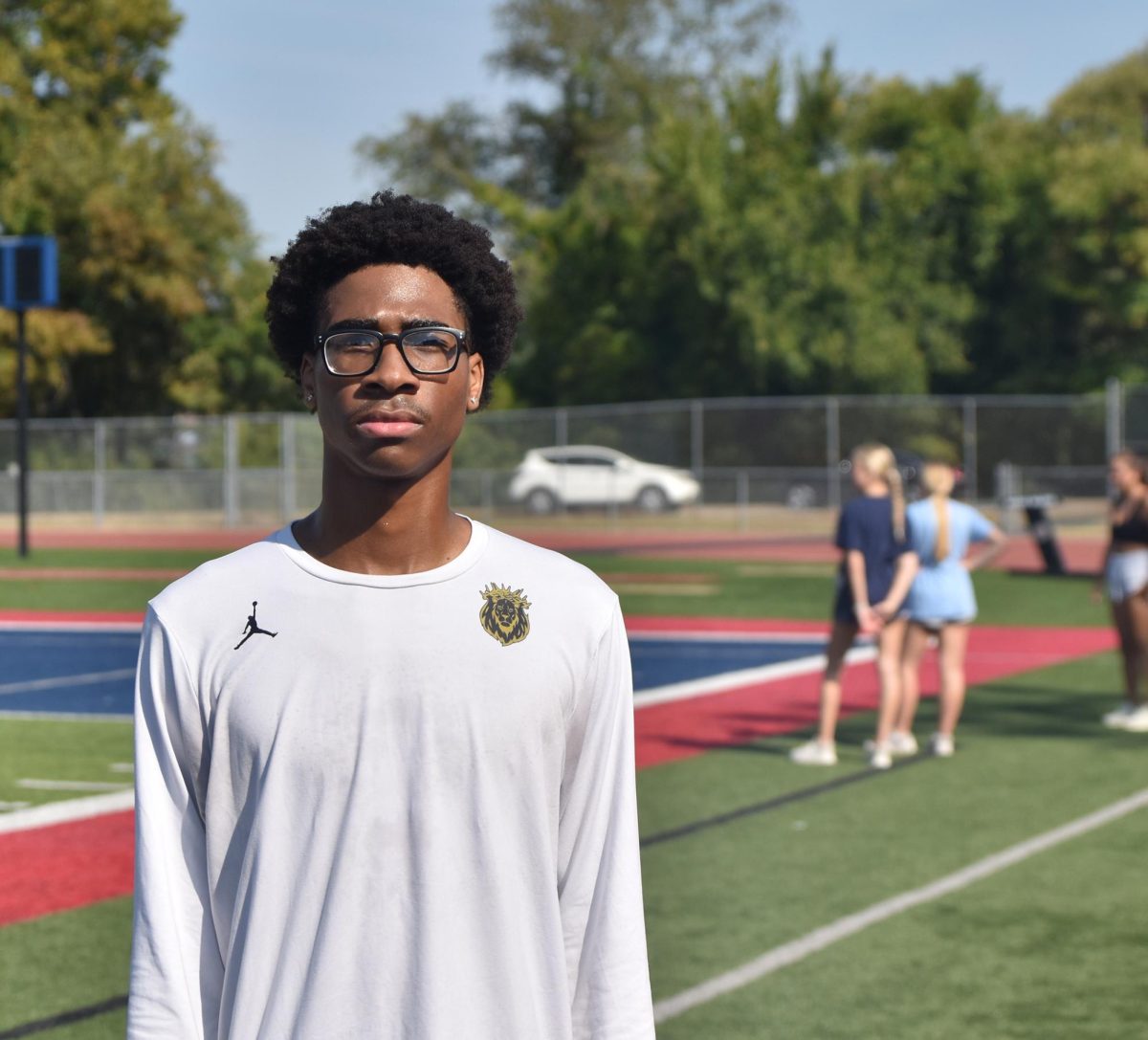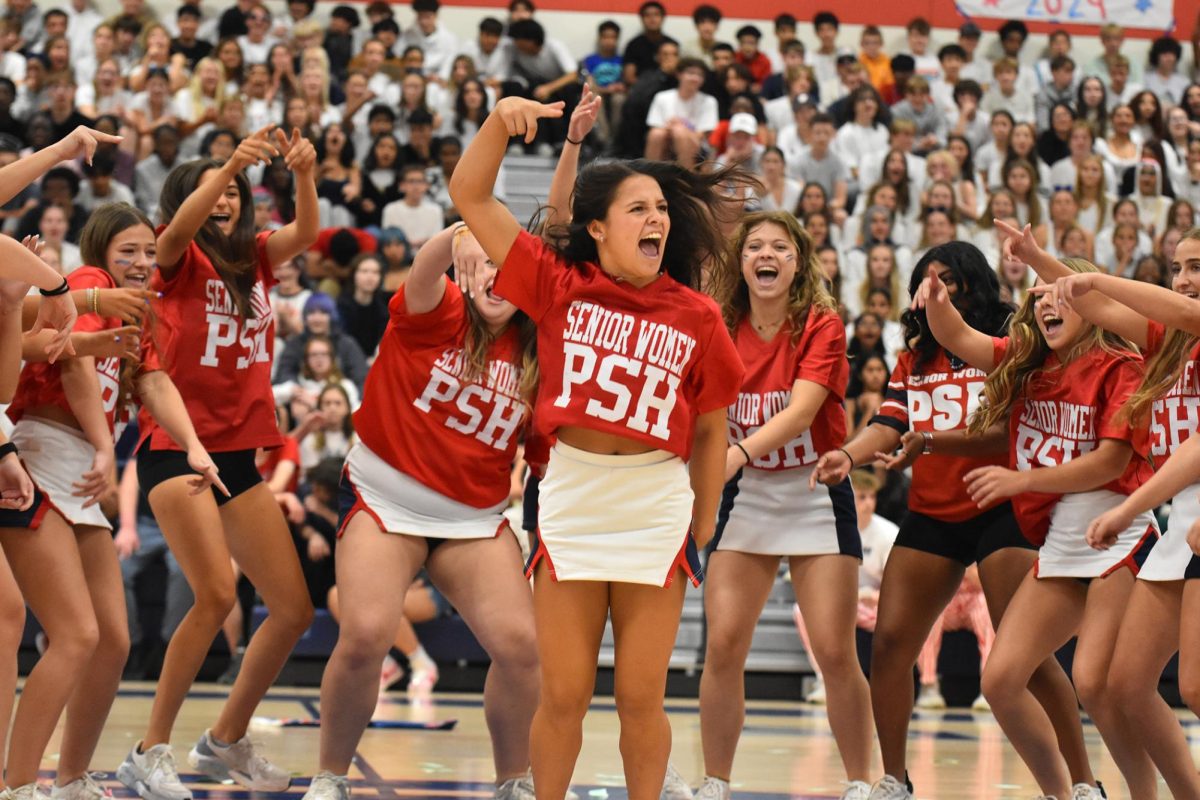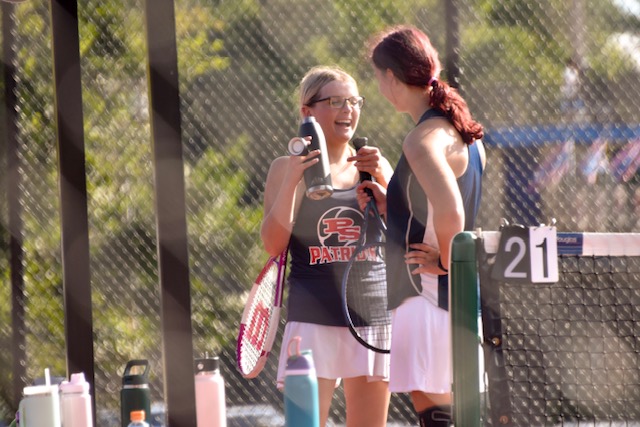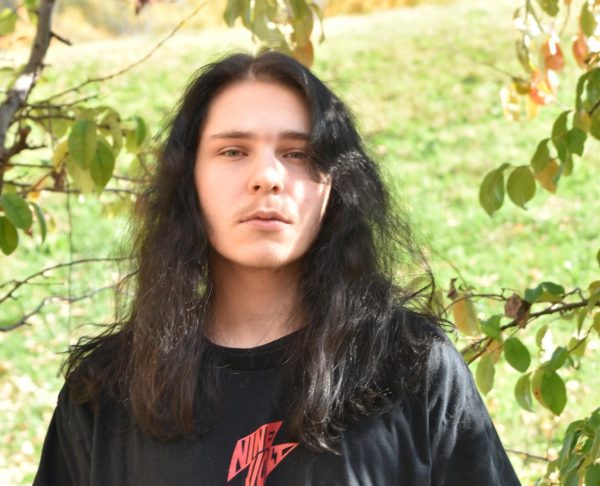Following the unfortunate passing of Pope Francis this past Easter Monday, The church is faced with the arrival of a new papal conclave.
The last papal conclave was in 2013 following the resignation of Pope Benedict XVI which elected the late Pope Francis. Seeing as to the relevancy of this topic as the conclave is right upon us, a hometown connection to the papacy we’ll revisit later, and as it’s been a good while since we’ve last seen a conclave; let’s revisit how it works and what happens in it.
The papal conclave begins with the death or resignation of the previous pope. Resignation, although rarer, still has a process in which the Ring of the Fisherman and papal seal are both disfigured by chisel and hammer before the commencement of the conclave. In circumstances of death, the chamberlain calls out the pontiff’s baptismal name at which there is no response the chamberlain then proclaims the pope is dead with the phrase “sede vacante”, which means “the throne is empty” in Latin. They then destroy the Ring of the Fisherman and the papal seal and commence with the 4-6 day funeral procession.
Once 15 days have passed since the pope’s death the real body of the conclave begins. The cardinal electors congregate in the Sistine Chapel (Michaelangelo’s famous ceiling) to hear two public sermons in preparation for the coming election. After the two sermons have been heard then all cardinal electors take an oath and all outsider individuals who are not cardinal electors or associated with the conclave are expelled as the Sistine Chapel is sealed.
The election itself takes place with ballots known as a “scrutiny” each scrutiny is taken in 3 parts, the pre-scrutiny, scrutiny, and post-scrutiny. Pre-scrutiny consists of the decision of 9 “scrutineers” and the cardinal electors are given 4 ballots to cast their votes. Then commences the scrutiny. During the voting process each cardinal goes up to the altar, recites the Latin oath, and casts their ballots. Once all ballots were cast the box is shook by the lead scrutineer and counted by the last. Now the post-scrutiny occurs, all ballots are counted and checked for any irregularities and burned with a proper color of smoke for if the election was successful or not, black for no elected pope, white for a new pontiff. If no pontiff is elected after the first scrutiny a second is immediately held and if one is not elected then the conclave will break for lunch and reconvene with a re-oath and picking of new scrutineers. This continues every day until a new pope is elected.
In 2013 Pope Francis was elected after 5 scrutinies which is only a day and a half of voting, a far cry from the longest papal election in history which was the election of 1268-1271 which took a staggering 34 months before the pontiff Gregory X was elected.
As for today’s conclave, it is set to begin tomorrow. Not much can be said about who the next pope will be or how long it will take to elect him though it can be said it will likely be yet again a cardinal, despite the eligibility of any baptized catholic male, as it has been a cardinal pontificate since 1378.
The lack of direct knowledge has not stopped many from speculating on who could be likely, shining a spotlight on a few cardinals who the world has their eyes on such as Cardinal Luis Tagle of the Philipines for his similarity in rhetoric to the late Pope Francis, Cardinal Pierbattista Pizzaballa of Jerusalem, or Cardinal Fridolin Ambongo due to his oversight of one of the largest and most poignant populations of Catholics in the world and his highly contrasting views to the late Pope.
There’s even the small, yet likely impossible, chance that we could have a Ballwin born-and-raised pope as Cardinal Timothy Dolan, the archbishop of New York grew up in Ballwin and even attended Holy Infant Church on New Ballwin Rd. Though the chances are very unlikely as there has yet to be an American Pope even really considered for the papacy, even Cardinal Dolan himself laughed off the arise of the question in interviews, there’s always the fact that it’s not exactly impossible and the connection our hometown has to the current conclave.
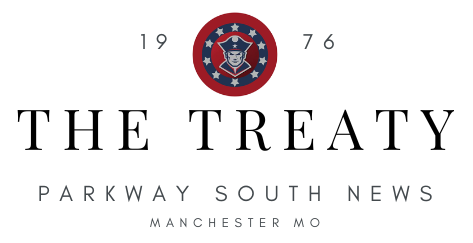

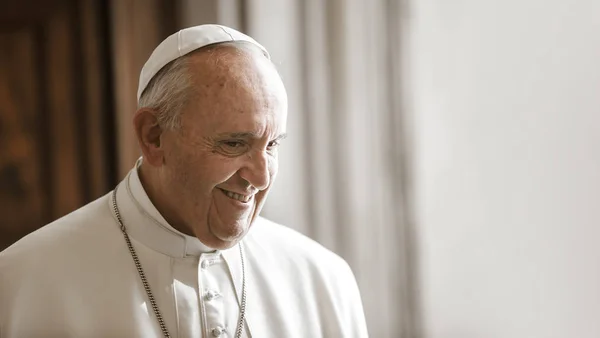
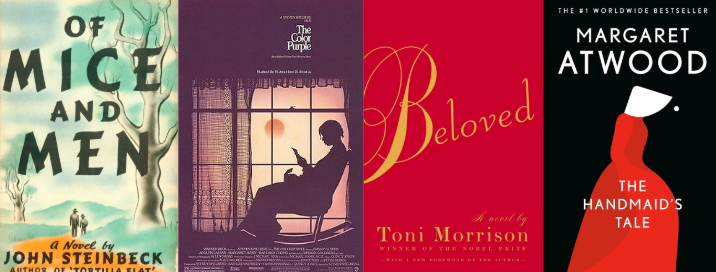
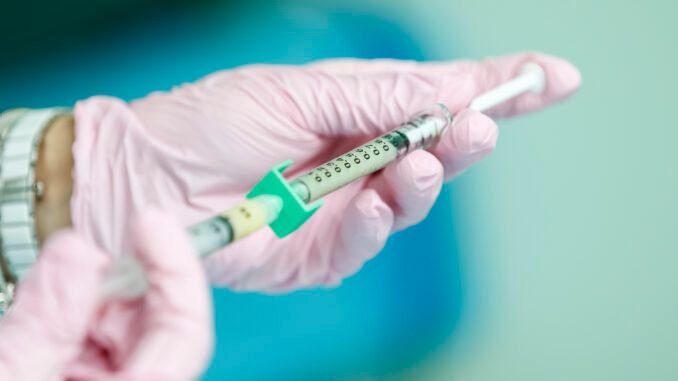
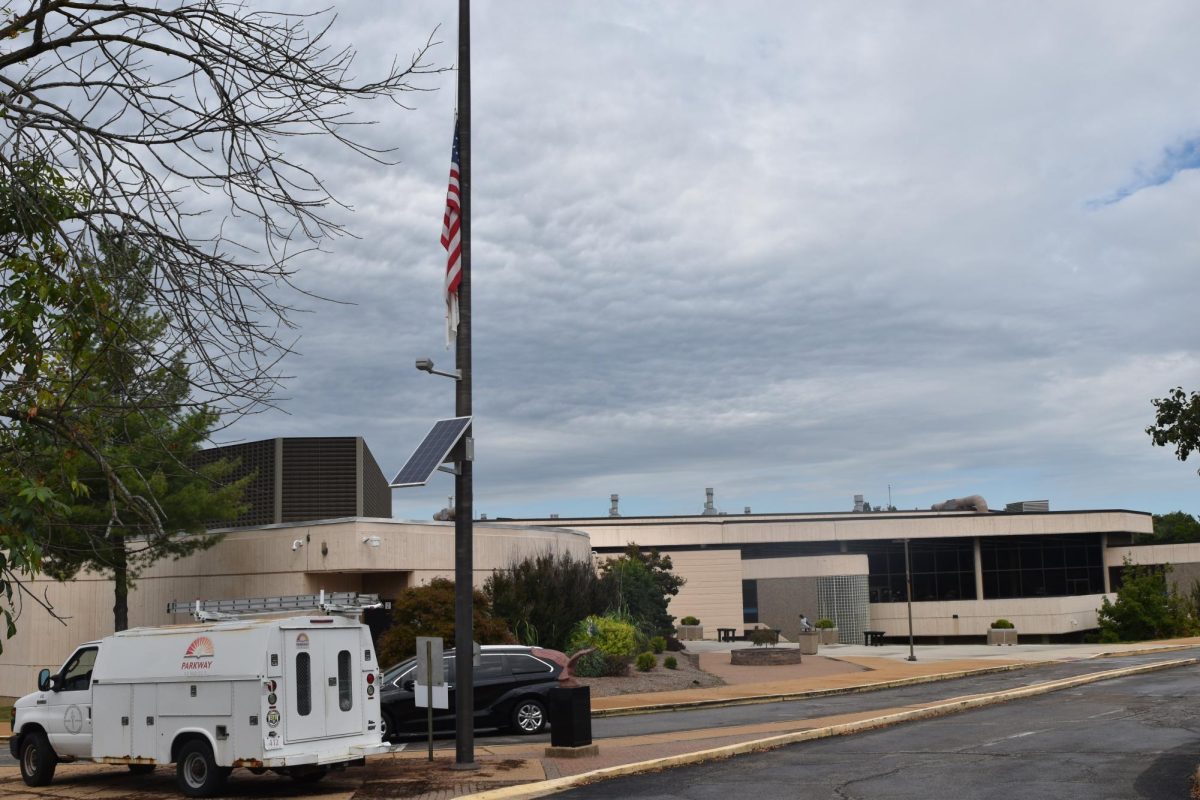
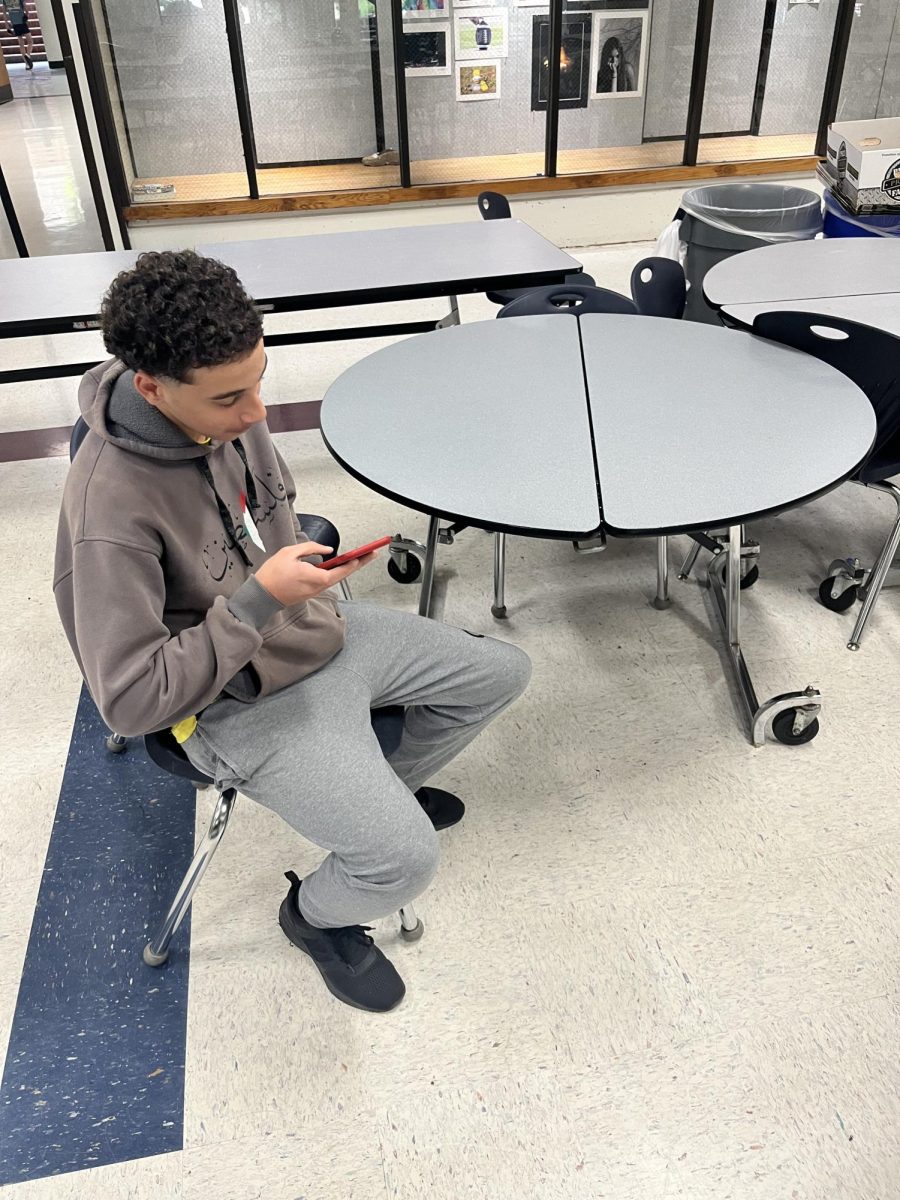
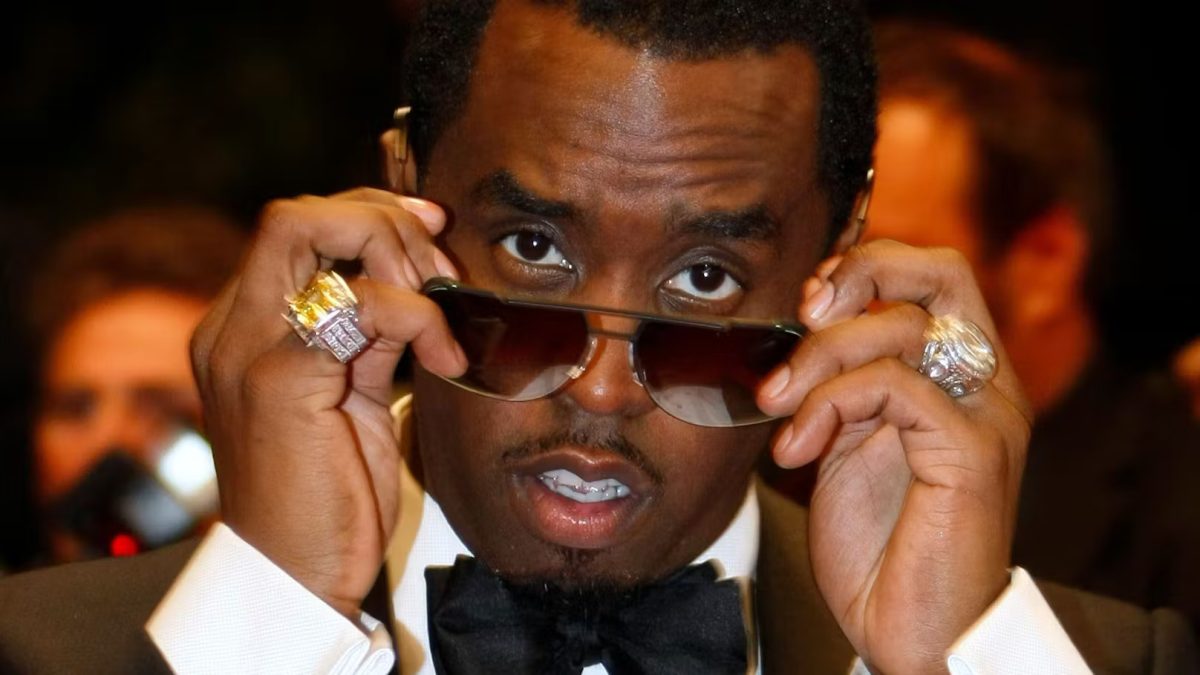
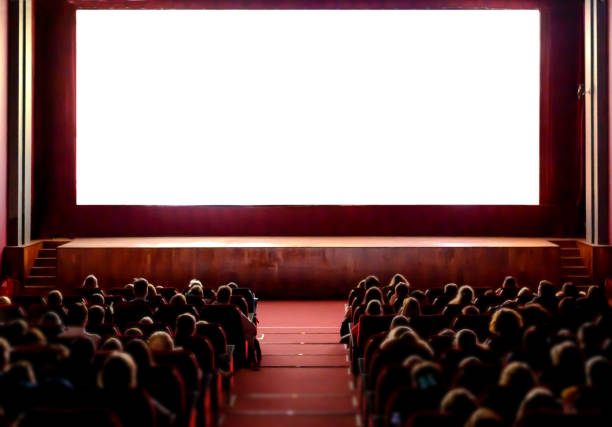
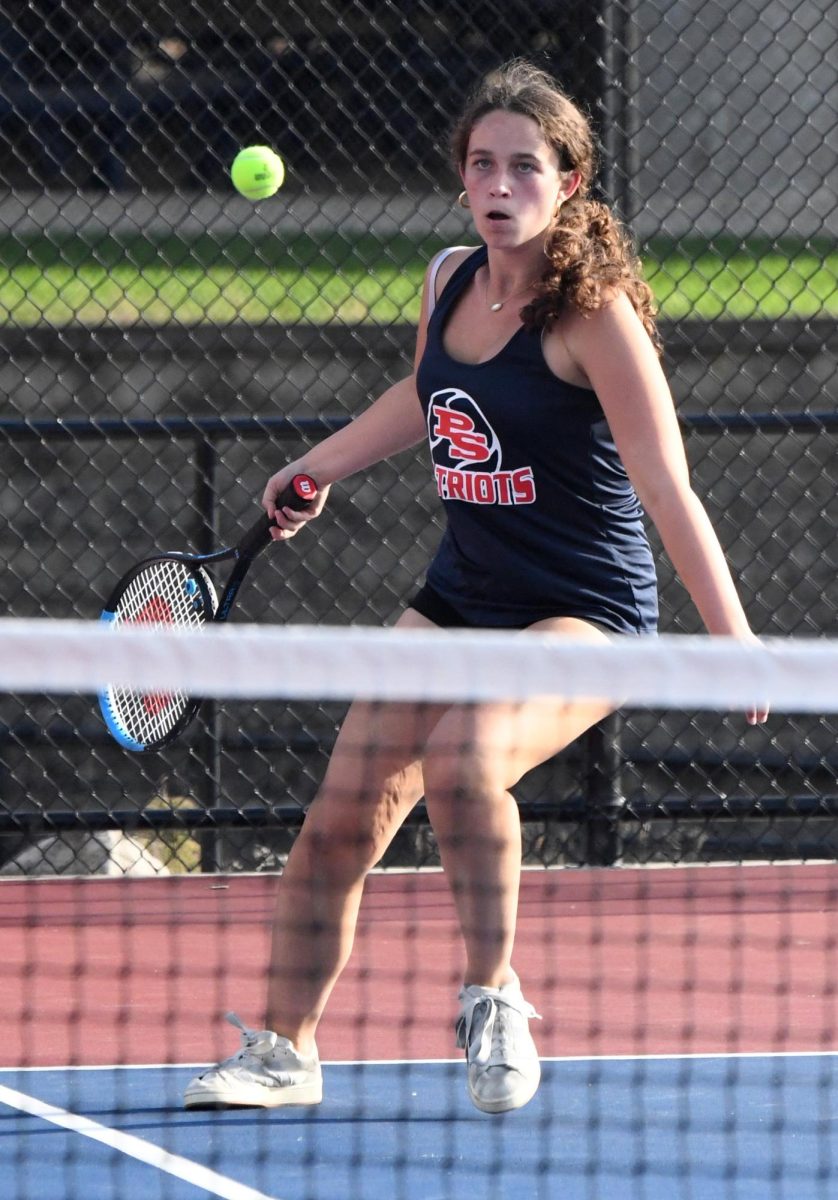
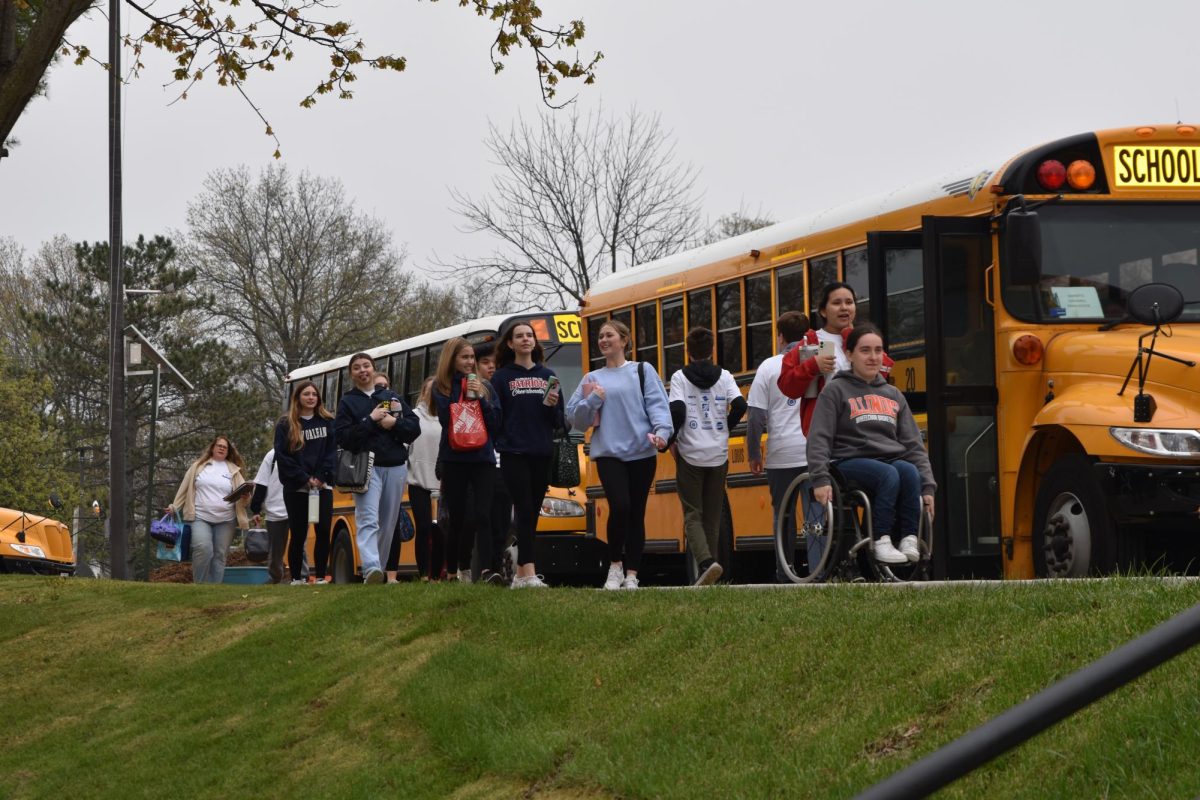
!["I really like to be involved in things, even though I don't have much time to do anything. I try to involve myself in school as much as possible. When I get older I want to join the Air Force, but I have to do a lot of training [in order to do this] and you have to be able to do a lot of conditioning to get in. Managing my time is one of my biggest struggles, but there [are] a lot of things I want to do [so I make time] to do them. My biggest advice for someone who is having trouble managing their time is to pick the things you really love and stick with those things."](https://psouthtreaty.com/wp-content/uploads/2025/10/DSC_5081-843x1200.jpg)
